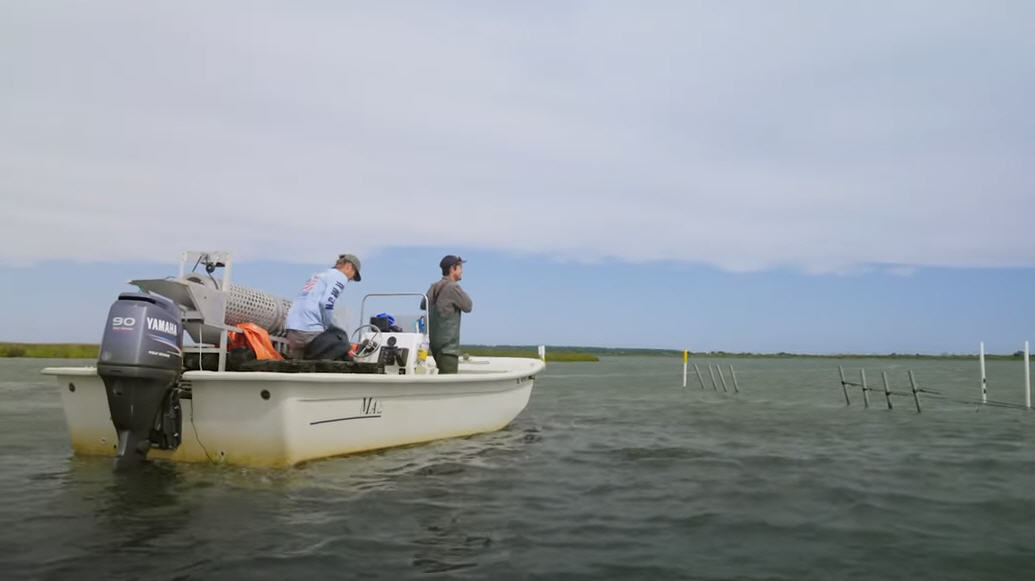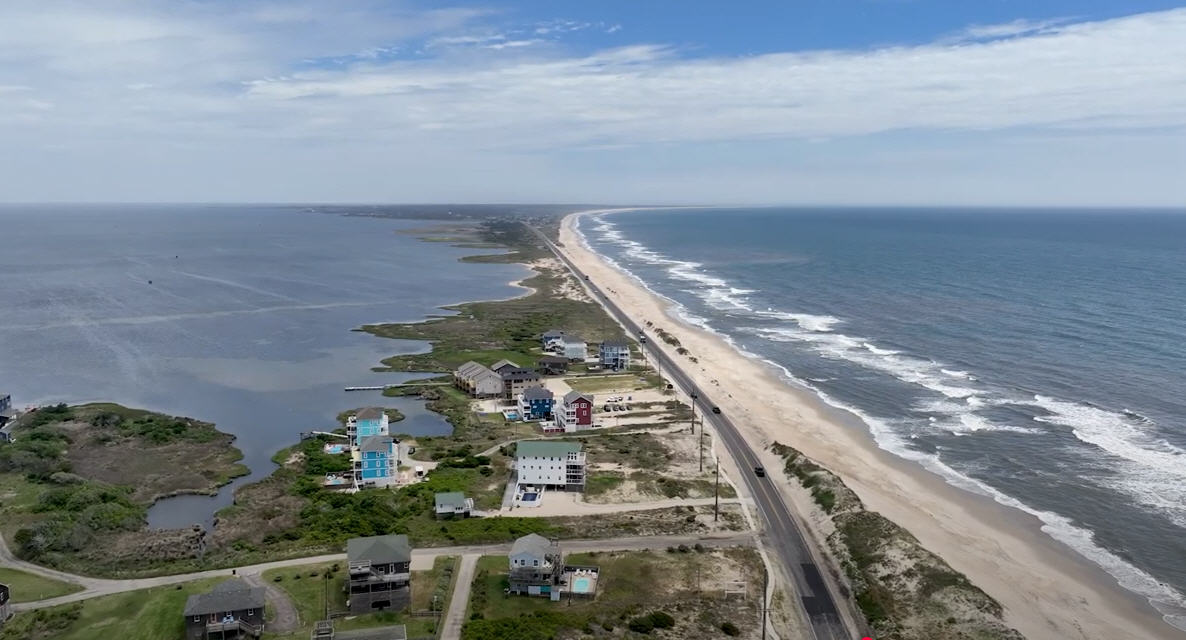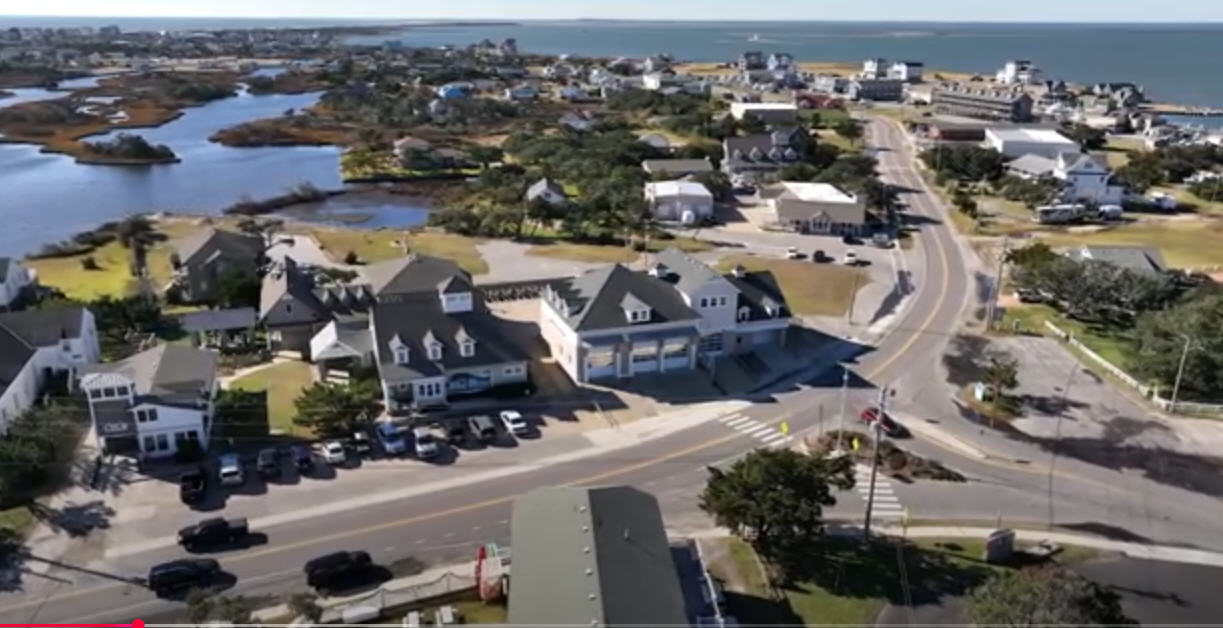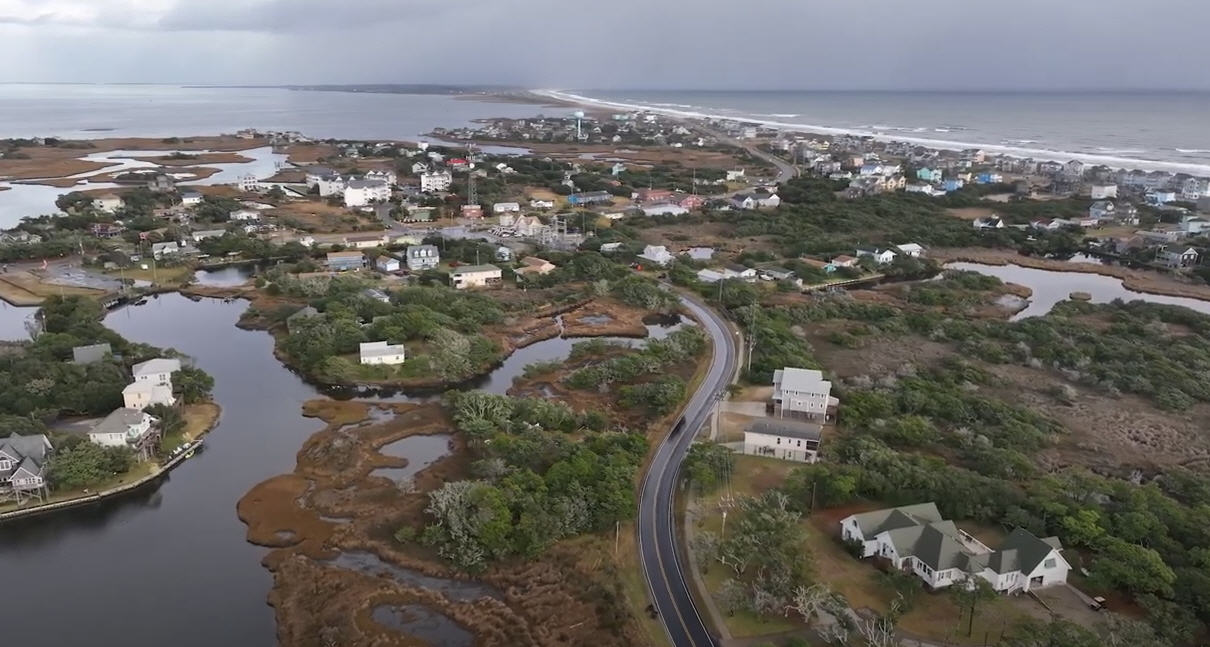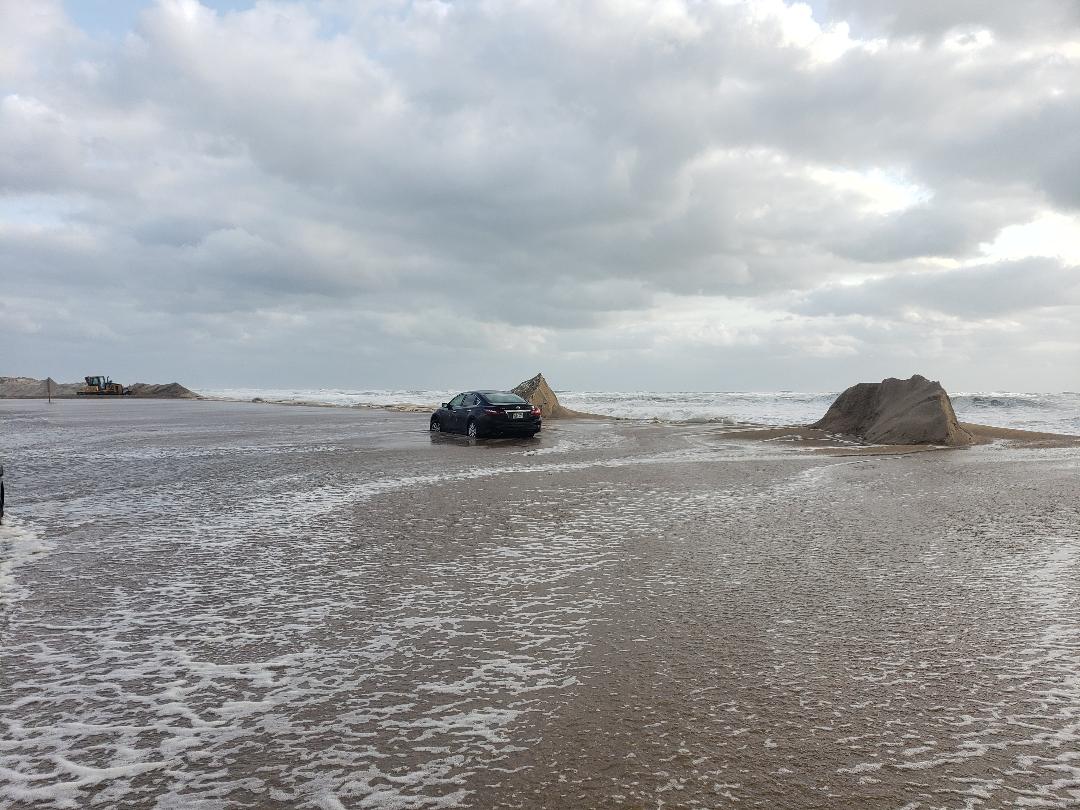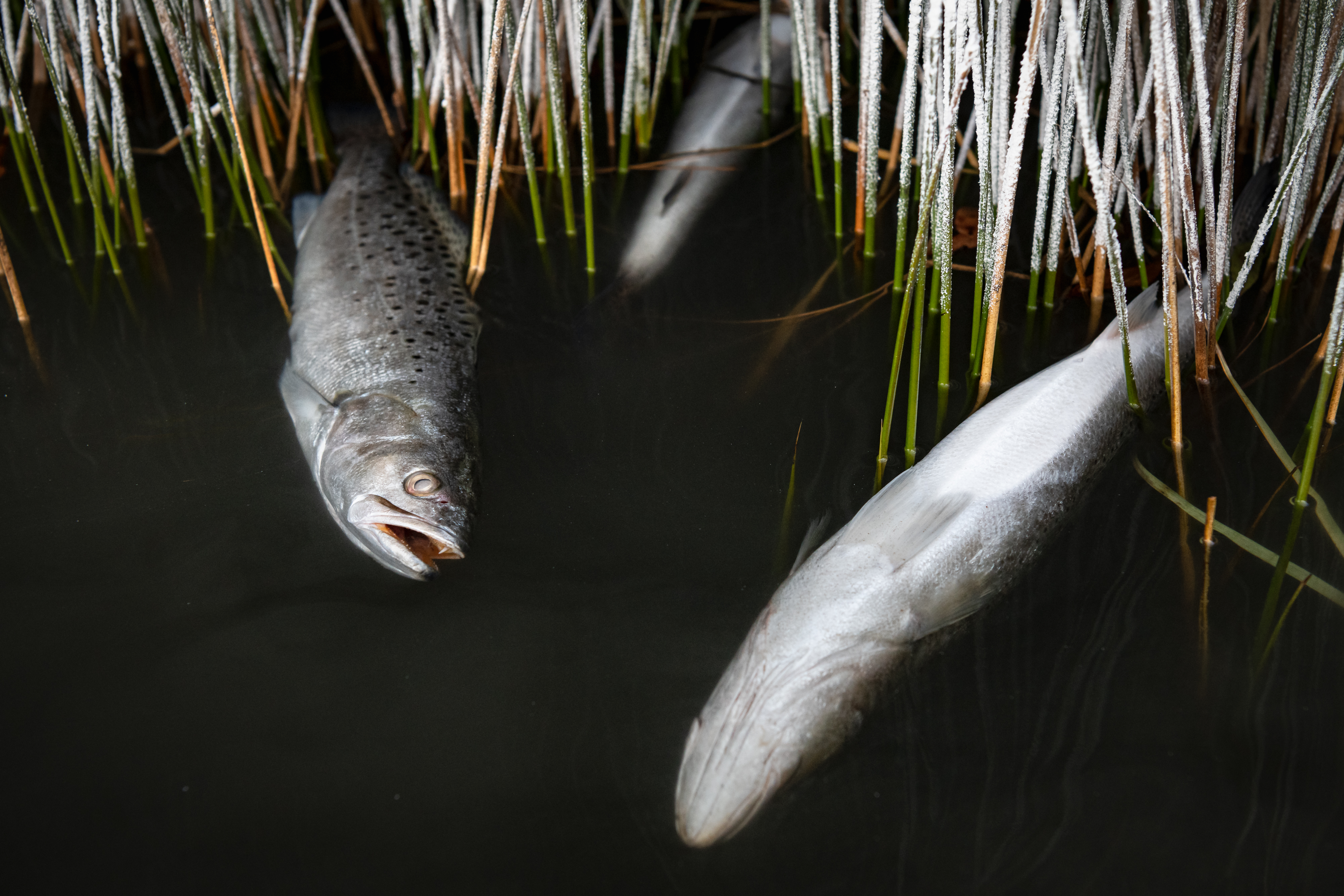Pea Island National Wildlife Refuge has a record year for sea turtle nests
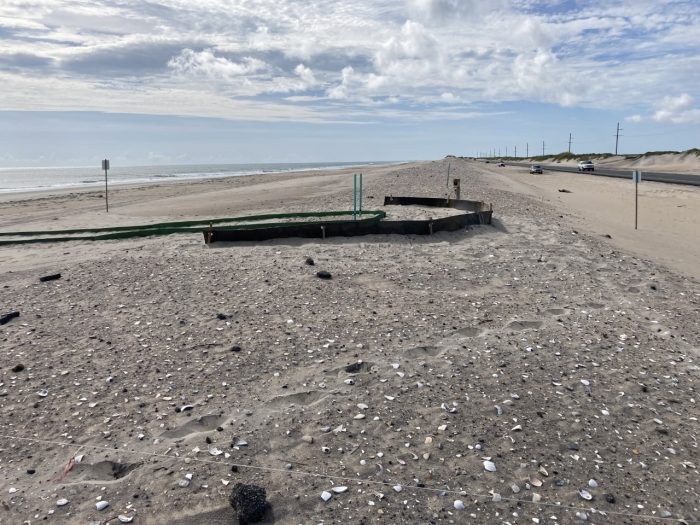
The 2021 sea turtle nesting season is winding down, and the Pea Island National Wildlife Refuge, (which extends from the northern borders of Rodanthe to Oregon Inlet), recently announced that the refuge had a record-breaking year.
Per a recent update from the U.S. Fish & Wildlife Service in North Carolina, the Pea Island National Wildlife Refuge recorded a total of 47 nests, including 45 Loggerhead nests and two Green Sea Turtle nests.
“This is the most nests we’ve observed in 41 years,” stated USFWS in North Carolina in a social media update. “Special thanks to all our Turtle Patrol riders for monitoring nesting activities all season! Now is the time for hatchlings to emerge and make their way to the ocean for a long journey.”
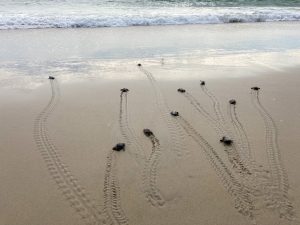
The Cape Hatteras National Seashore (CHNS), which includes Bodie Island, Hatteras Island, and Ocracoke Island, is also having a strong sea turtle nesting season, with a total of 312 nests reported so far, per http://www.seaturtle.org/.
The 312 nests within the National Seashore include 296 Loggerhead nests, 13 Green Sea Turtle nests, and three Kemp’s Ridley nests. Although additional nests are unlikely this late in the year, in 2020, sea turtle nesting activity was recorded as late as Halloween, which was the latest nest in a season since 1997.
Sea turtle nests have been monitored at CHNS since the 1970s. In 2015, a nesting record of 289 nests was initially set, followed by a new record in 2016 when 325 sea turtle nests were recorded along the CHNS beaches.
In 2019, there were a total of 473 sea turtle nests recorded within the National Seashore, which blew the previous record of 325 out of the water. While 2019 was a record-breaking year for sea turtle nesting activity within the National Seashore, 2020 was also a solid year for sea turtles, with a total of 228 CHNS nests recorded.
Many nests are still in the process of hatching, and due to the highly-active season, visitors are advised to be aware of sea turtle nesting activity or hatchlings while visiting the local beaches on Hatteras and Ocracoke Islands.
Hatchlings are very sensitive to light as they emerge from their nests, and can become disoriented towards any light that mimics the moon or stars over the ocean. As such, visitors along the oceanfront that are close to an established sea turtle nest are encouraged to turn off their outdoor lights and close their blinds or drapes after dark, so that the sea turtles don’t mistake a stray porch light for the ocean waters.
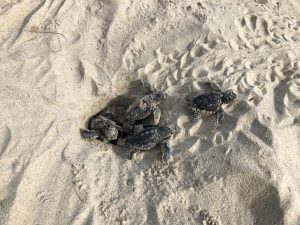
People on the beach after dark should refrain from using flashlights or cellphones near sea turtle nests, as bright, artificial light can also send mixed signals to the newly emerged sea turtle hatchlings.
Beachgoers should also remove beach equipment, such as lounge chairs, umbrellas, tents and other items from the beach when they leave. If left on the beach, these items can prevent nesting attempts, and can also be roadblocks for hatchlings who are trying to make a mad dash to the ocean.
Other tips to help protect sea turtles and hatchlings during the nesting season, per the N.C. Wildlife Resources Commission, include the following:
- Fill in all holes in the sand at the end of the day.
- Pick up all your trash when you leave.
- If fishing, properly dispose of any fishing line. Improperly discarded fishing line is often deadly to turtles, birds and other marine animals.
- Use your natural vision and moonlight when walking the beach at night.
- If you encounter a turtle on the beach at night, remain quiet, still, and at a distance. Flash photography and human disturbances may prevent her from nesting successfully.
Visitors who notice any sea turtle nesting activity are advised to call the Cape Hatteras National Seashore to report the sighting at 252-216-6892.









